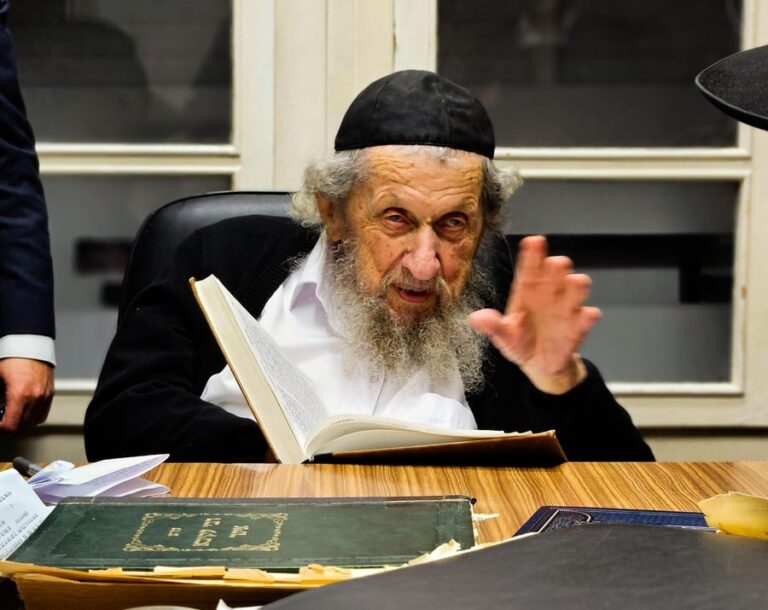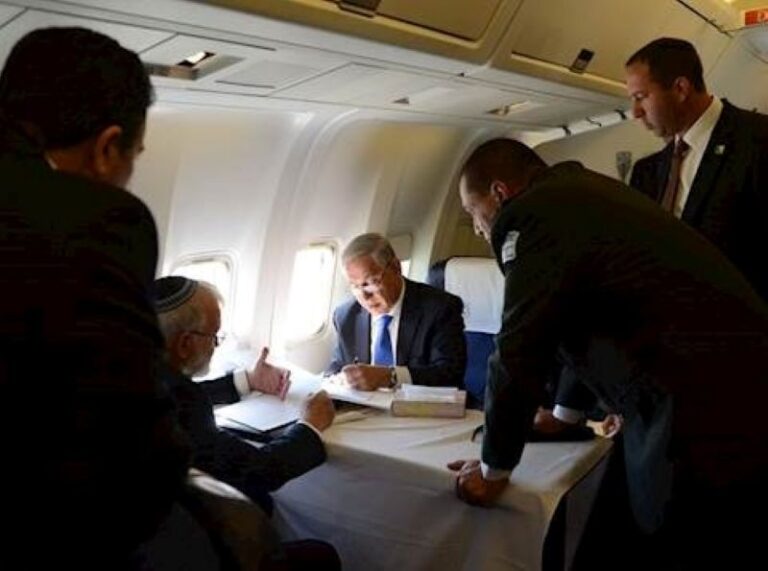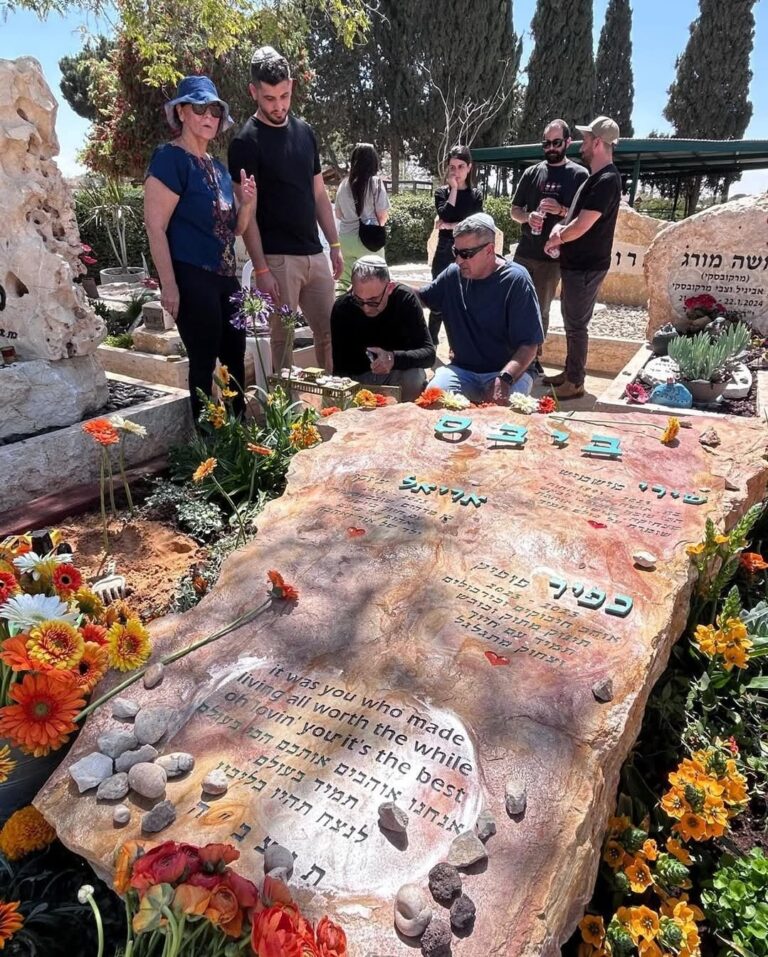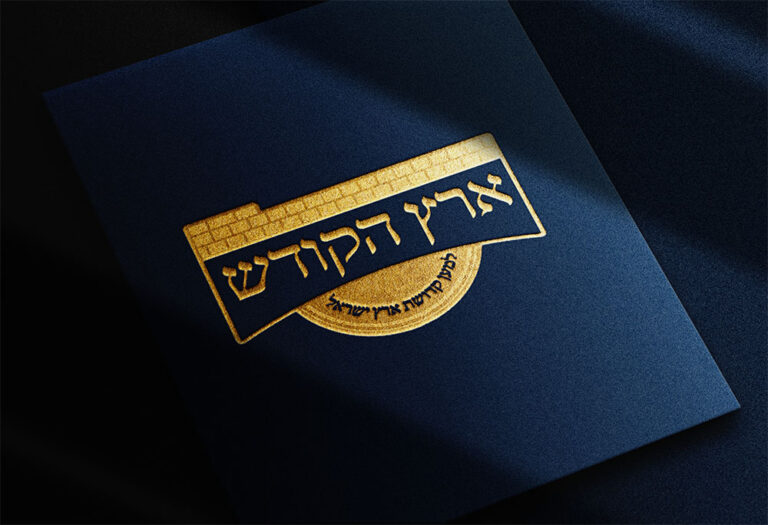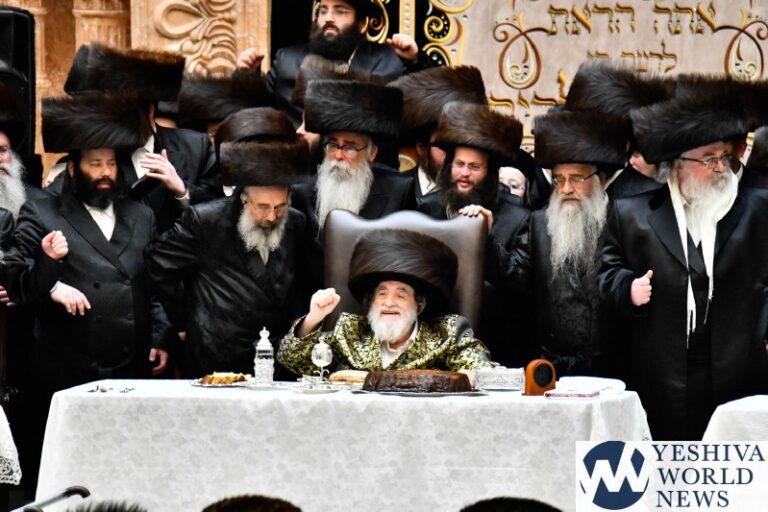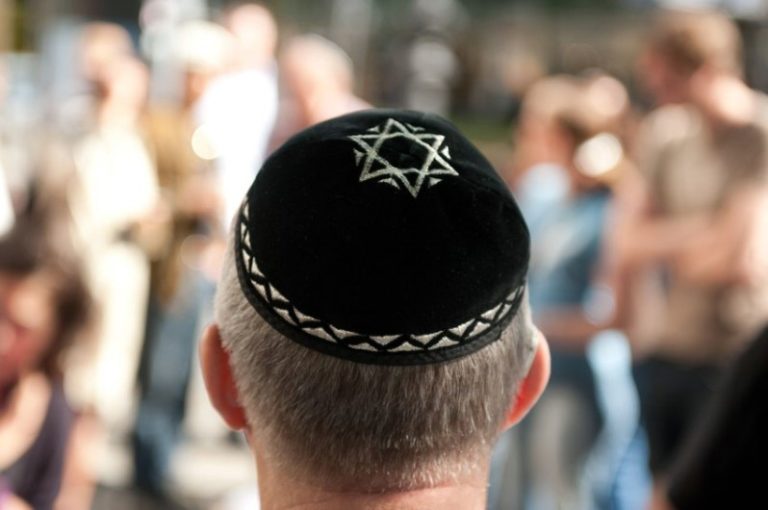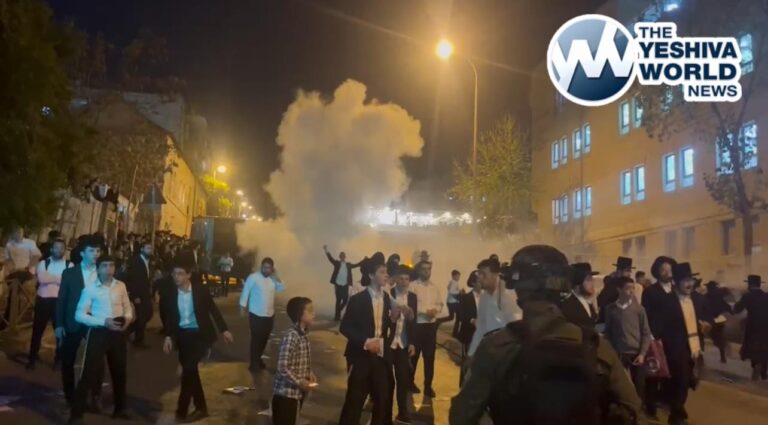Eileh ha’devorim asher dibeir Moshe (1:1)
There are 5 books in the written Torah, and 6 sections of the Mishnah – the Oral Torah. The Paneiach Raza writes that there are 6 portions in the written Torah which correspond to the Mishnah, each of which begins with the letter aleph – eileh toledos Noach, eileh Pekudei, im Bechukosai, eileh masei, eileh ha’devorim, atem nitzavim. This is because the spelling of the letter aleph comes from the root meeting to study, and the word Mishnah also means to learn.
Of the 6 portions, four begin with the word eileh, which alludes to the four sections of the Mishnah on which we also have Talmudic commentary, as the gematria (numerical value) of the word eileh is 36, which is also the number of tractates in the Babylonian Talmud! The last book of the Torah, Devorim, begins with one of these four parshios in order to teach that in reviewing the Torah and its laws with the nation before his death, Moshe reviewed not only the written Torah but the entire Talmud and Oral Law as well.
Similarly, there are 5 tractates in the Mishnah which begin with the letter aleph – eilu Devorim she’ein lahem shiur (Peah), ohr l’arba’ah asar (Pesachim), arba’ah roshei shanim heim (Rosh Hashana), arba’ah avos nezikin (Bava Kamma), avos hatumah (Keilim), which hint to the 5 books of the written Torah and teach that every component of Torah is deeply intertwined. The Torah itself represents the Will of Hashem, and just as He and His Will are one, so too all parts of the Torah are interconnected, and the components which may seem the most disparate and unrelated are full of deep and powerful wisdom waiting to be unlocked by one who toils to uncover it!
Eileh ha’devorim asher dibeir Moshe (1:1)
There is a mystical idea that the content of the parsha read each Shabbos is connected to the events of the coming week. It is interesting to note that Parshas Devorim is traditionally read on the Shabbos preceding Tisha B’Av, which commemorates the tragic destruction of both Temples. What is the connection between them?
The following story will help shed light on the link between them. One day in Yerushalayim, two old friends encountered one another on the bus. Excited at the opportunity to catch up with one another, they sat down together and began talking. In the course of their conversation, one of them casually mentioned the name of an old friend. The other replied, “You didn’t hear? She just got engaged last week to so-and-so!”
This news left her friend both elated and shocked. “That’s so wonderful that she finally got engaged … but to him!? Who would have ever thought that she would settle for a person with so many problems?” Taking the bait, the one who shared the news agreed and proceeded to list problems not only with the chosson, but also with his family’s reputation. The conversation went back-and-forth, with each of them heaping more and more question-marks on the match.
After five minutes, a woman who was sitting behind them turned to the gossipers and remarked, “I know you didn’t realize this, but I’m the aunt of the kallah that you’ve been discussing. We obviously didn’t know about these serious allegations against the chosson and his family. As soon as I get home, I’m going to call my niece to convince her to break the engagement.”
Aghast at the unexpected turn of events, the friends begged her not to do so. They explained, “We were just innocently chatting about recent events. We didn’t mean many of the things that we said, and most of them were exaggerated. Please don’t break-up this engagement because of our poor judgment.” Just then, the bus reached the woman’s stop. The wise woman paused before exiting and taught them an invaluable lesson. “You have nothing to worry about. I’m not really her aunt … but I could have been!”
The Gemora in Yoma (9b) teaches that one of the reasons for the destruction of the Beis HaMikdash was the sin of baseless hatred of one’s fellow Jews. Many times such hatred has its origins in forbidden forms of speech, such as gossip and painful words.
Our verse opens the book of Devorim by relating, “These are the words which Moshe spoke to all of the Jewish people.” The Vilna Gaon reinterprets the verse to suggest that Moshe was addressing the need to rectify the sins which caused the Temple’s destruction. The verse begins, “These are the words that Moshe spoke.” And what were those words? The end of the verse can be read not as merely describing to whom Moshe spoke, but as the beginning of his actual message. Moshe didn’t speak “to the entire Jewish people,” but rather he told them, “Be united as one nation, not splintered into factions.”
Many people who speak negatively justify their behavior by rationalizing that mere words cannot cause actual damage to other people, a mistake made by the two girls in our story. Since the outcome of such erroneous thinking was a widespread hatred powerful enough to destroy the Temple, we allude to the importance of rectifying this sin by beginning the week in which Tisha B’Av falls with the reading of Parshas Devorim, as “Devorim” means “words.” As Tisha B’Av draws near, it would be appropriate to use the days ahead to contemplate this lesson about the power of our words and to attempt to rectify the sins which caused the Temple’s destruction.
Hashem Elokei avoseichem yosef Aleichem kachem elef pe’amim (1:11)
In the middle of his rebuke, Moshe blesses the Jewish people that Hashem should increase their numbers 1000-fold. As significant an increase as that represents, the Jews at that time numbered between 2 and 3 million, such that a 1000-fold increase would bring their numbers to a total of 2-3 billion. While this would make the Jews the most populous nation in the world, it still can’t be considered a fulfillment (see Rashi here) of Hashem’s blessing to Avrohom Avinu (Bereishis 13:16) that He will make Avrohom’s descendants so numerous that they can’t even be counted.
However, Rav Akiva Eiger notes that this interpretation is based on a flawed understanding of Moshe’s carefully chosen words. A close reading of his blessing reveals that he didn’t bless them that Hashem should multiply their current numbers by 1000, as that would have been written in a slightly different manner – Hashem Elokei avoseichem yosef aleichem elef p’amim ka’chem – which would indeed mean that Hashem should increase 1000-fold your current population. Rather, Moshe carefully and subtly switched the words to read Hashem Elokei avoseichem yosef aleichem ka’chem elef p’amim – which means that Hashem should increase your population at present by that amount (i.e. double the number of Jews) and then continue to do so another 999 times. In other words, Hashem should multiply the current population by 21000, which would result in the total number of Jews being a number which contains more than 300 digits, which is indeed quite an amazing fulfillment of Hashem’s blessing to Avrohom.
Answers to the weekly Points to Ponder are now available!
To receive the full version with answers email the author at [email protected].
Parsha Points to Ponder (and sources which discuss them):
1) In the middle of his rebuke of the Jewish people, Moshe blessed them (1:11) that Hashem should increase their population 1000-fold. Rashi writes that they responded by questioning why Moshe gave a limit to their blessing, as Hashem had blessed Avrohom that his descendants should be so numerous that they could not be counted. Moshe responded that Hashem’s blessing still stood, and he was merely giving his own blessing. If Hashem gave them a greater blessing, what was the purpose in Moshe giving a more limited blessing? (Sifsei Chochomim, Ayeles HaShachar)
2) Moshe commanded the judges (1:17) not to fear any man (i.e. any potential litigant). If a judge fears that one of the litigants may actually kill him, is he permitted to recuse himself from the trial in order to protect himself? (Sifri, Rambam Sefer HaMitzvos Lo Sa’aseh 276, Shaarei Teshuvah 3:33, Bach Choshen Mishpat 12:1, Shu”t Maharashdam Choshen Mishpat 378, Shu”t Shevus Yaakov 143, Shu”t Z’kan Aharon 126, Chavatzeles HaSharon, Bishvilei HaParsha)
3) Rashi writes (1:17) that if a judge has a case involving a small amount of money in front of him and another case comes up involving a much larger amount of money, he may not give precedence to the case involving more money, but must hear and rule on the cases in the order in which they were presented to him. Is it forbidden to cut in a line, and if so, what is the source of the prohibition? (Ayeles HaShachar)
4) In the times of the second Beis HaMikdash, did the Jewish people fast on Tisha B’Av? (Peirush Mishnayos L’Rambam Rosh Hashana 1:3, Shu”t Tashbatz 2:271, Shu”t Halachos Ketanos 2:140, Machazik Beracha Orach Chaim 550:2, Mitzpeh Eisan Taanis 12a, Josephus 5:39)
© 2010 by Oizer Alport.

